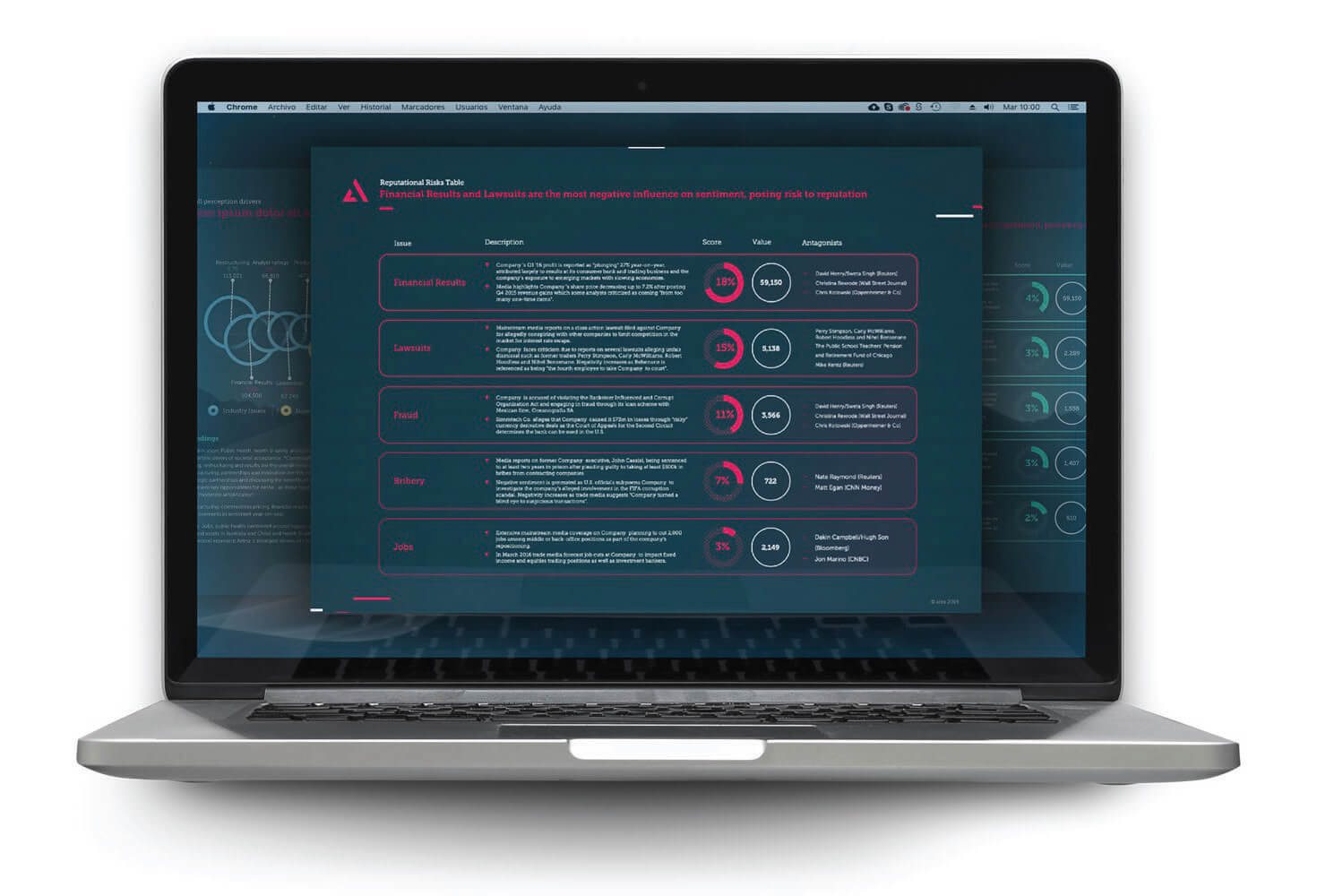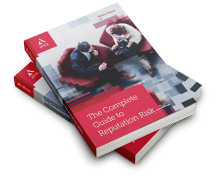The Complete Guide to Reputation Risk
Although fundamental to the success of an organisation, reputation risk falls outside the scope of traditional enterprise risk management – largely because it is hard to neatly package and measure. It is not an operational risk – it could better be described as a strategic risk. The elements comprising reputation risk differ depending on the scope of the organisation, make-up of its stakeholders, nature of its business and media presence, among hundreds of other factors.
Companies have multiple reputations, so your organisation may be perceived very positively by investors, but much more negatively by customers or employees. This means that while you may be perceived positively in aggregate, there is still the potential for reputational risk to be lurking with one or more of your stakeholders. See our reputation case study on Amazon as a textbook case in point.
An organisation’s reputation is grounded in the perceptions of its stakeholders, rather than its own operations. While poor corporate behaviour almost invariably causes reputational risk, so too can adverse events outside the organisation’s control. An accounting error could slash share price, rogue employee misbehaviour may damage perceptions of corporate culture or a company may find itself out of step with prevailing societal attitudes on sensitive subjects.
Simply put, reputation risk is the potential for any event, controllable or otherwise, to damage your organisation’s reputation. It is the risk to the institution from stakeholder perceptions of your profitability, brand value, authenticity, or ability to perform your corporate function.






